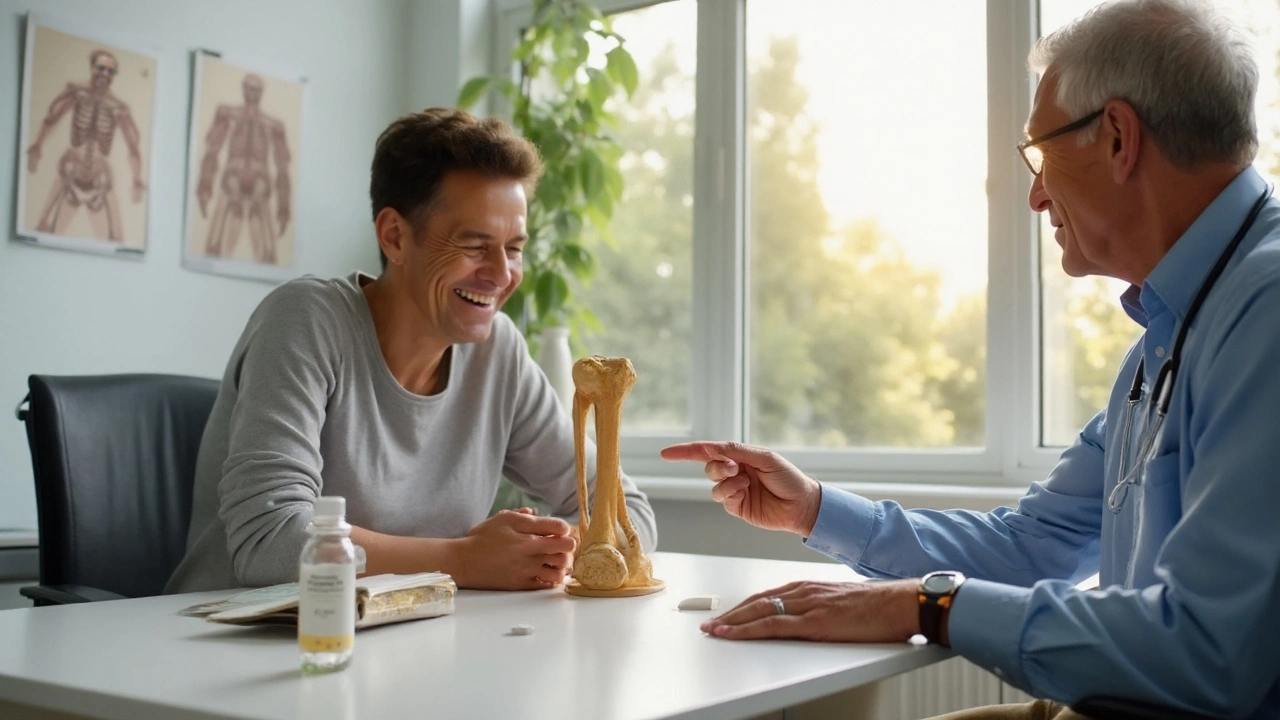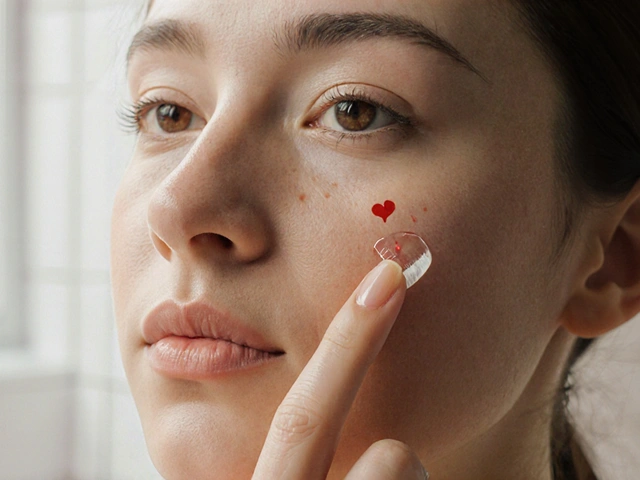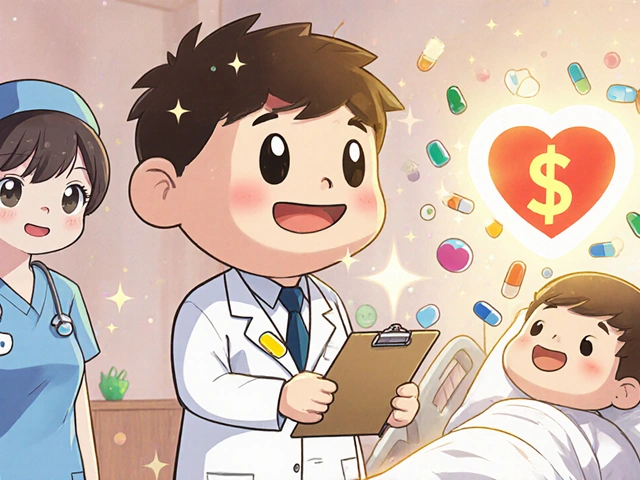Bone Mineral Density: What It Is, Why It Matters & How to Improve It
When you hear "bone mineral density" (or BMD), think of a simple number that tells how strong your bones are. A higher number means denser, stronger bones; a lower number flags a risk for fractures and osteoporosis. Knowing your BMD lets you act before a break happens.
How BMD Is Measured
The most common test is a DEXA scan (dual‑energy X‑ray absorptiometry). It takes a quick, painless X‑ray of your hip and spine and spits out a T‑score. A score above -1 is normal, between -1 and -2.5 signals low bone mass (osteopenia), and below -2.5 indicates osteoporosis. Some clinics also use peripheral devices that scan your wrist or heel. The test costs less than a few hundred dollars and usually finishes in under 15 minutes.
Doctors compare your result to a young, healthy adult reference group, not to your age group. This makes it easier to spot early bone loss. If you have risk factors – like a family history of osteoporosis, long‑term steroid use, or low calcium intake – your doctor may order a scan even if you feel fine.
Practical Ways to Raise Your Bone Density
1. Eat bone‑building foods. Dairy, leafy greens, almonds, and fortified plant milks supply calcium and vitamin D. Aim for about 1,000 mg of calcium daily and 800–1,000 IU of vitamin D, either from sunlight, foods, or a supplement.
2. Move your body. Weight‑bearing activities (walking, jogging, dancing) and resistance training (lifting light weights or using resistance bands) stimulate bone formation. Even 30 minutes of brisk walking most days can make a difference.
3. Limit bone‑weakening habits. Smoking and heavy drinking (more than two drinks a day) speed up bone loss. Cutting back or quitting can improve BMD over time.
4. Check your meds. Some drugs, like long‑term steroids or certain anti‑seizure meds, lower bone density. Talk to your doctor about alternatives or protective measures such as calcium supplements.
5. Consider medication if needed. If your T‑score is low, doctors may prescribe bisphosphonates, denosumab, or newer agents that help rebuild bone. These are usually reserved for people at high fracture risk.
Remember, bone health isn’t a one‑time fix. Regular check‑ups, a balanced diet, active lifestyle, and smart medication choices keep your BMD on the right track. If you haven’t had a DEXA scan in the past few years and you’re over 50 (or younger with risk factors), talk to your healthcare provider today. A quick test now can save you from a painful fracture later.
Oxcarbazepine and Bone Health: What the Evidence Shows

Explore whether oxcarbazepine impacts bone health, the science behind it, risk factors, and practical steps to protect your skeleton while on the drug.
read more



